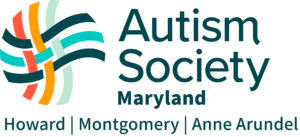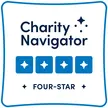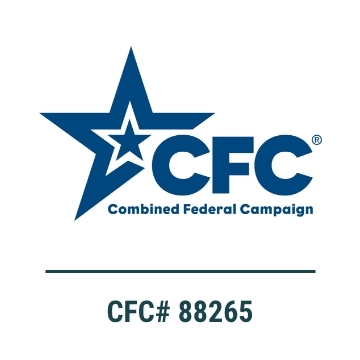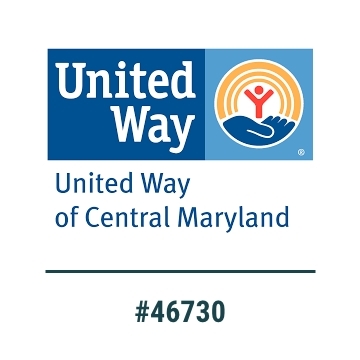If the child is determined to be a child with a disability, an IEP is developed by the school staff with input from the parents within 30 days of the meeting to review assessment results. The IEP team reviews the IEP, identifies services needed to implement the IEP, and considers options for the provision of services in the least restrictive environment.
Preparing to Develop the IEP
Effective communication skills are most important in preparing for an IEP team meeting. The meeting should be child-centered and focused on a commitment to work together. Parents should prepare by reviewing all documents sent home in advance (reports, evaluations, assessments), and by creating a list of key questions or concerns. Though parents and the school team may not agree on everything, parents should come to the meeting prepared to listen and collaborate. If you do not understand acronyms or terms that the IEP team uses, ask for an explanation. Clear communication is vital. And most importantly, remember YOU are a member of the IEP team. Your participation is critical.
The Five-Day Rule
Maryland law requires school personnel to provide parents with an accessible copy of each assessment, report, data chart, draft Individualized Education Program (IEP), or other document(s) the IEP team or other multidisciplinary education team plans to discuss at that IEP meeting at least five (5) business days before the scheduled meeting. It also requires school personnel to provide parents an accessible copy of the completed IEP not later than five (5) business days after the scheduled meeting. If school personnel are unable to provide an accessible copy of the material(s) at least five (5) business days before the scheduled meeting because of an extenuating circumstance, school personnel are to document and communicate to parents the nature of the extenuating circumstance that prevented school personnel from providing accessible copies of the material(s). If the IEP has not been completed by the fifth business day after the IEP team meeting, school personnel shall provide the parents with the draft copy of the IEP. (MSDE Technical Assistance Bulletin 20)
The IEP Team Meeting
First and foremost, remember that you are a valuable member of the IEP team. Your participation is critical.
As outlined on the Maryland Learning Links website, the following questions should be answered at the IEP Team Meeting:
Who is the student? The student is introduced to the IEP team by descriptions provided by parents, teachers, and others. Understanding the student’s experiences, learning style(s), and skill levels allows for realistic long-term goal setting later in the process.
Where is the student now? Discussion should focus on the student’s strengths. Data is introduced to identify specific areas in which the student is not progressing in the same manner as non-disabled peers. Data comes from assessments, school staff observations, and parents. Knowing the student’s strengths enables the IEP team to determine how the student can participate in the general education curriculum.
How is the student progressing? The goals and benchmarks for progress are determined by examining how the student learns, what the student needs to learn, and what special accommodations are needed. Data and observations from individuals who have instructed thestudent in the past, as well as assessment information, help the IEP team set reasonable goals to be accomplished within 12 months.
What does the student need? Specially-designed instruction for participation in general education curriculum activities is discussed here. The IEP must identify additional needs and services to be addressed through special education and related services.
What are the parents’ concerns? Parents provide important information to help the team better understand the student. Parents should share their concerns and observations of their child’s behavior, attention to tasks, and ability to relate to others.
How will the student reach education goals? The IEP team must consider data, annual goals, and how the student’s strengths and needs affect the student’s involvement and progress in the general education curriculum when developing the IEP. To the maximum extent appropriate, the IEP should call for the student to be instructed in a way that allows the student to participate in the general education curriculum and environment with non-disabled peers.
How will the team know the student has met the education goals outlined in the IEP? The IEP must be written in a format that enables the IEP team to recognize when outcomes have or have not been achieved. The IEP will indicate how often the student’s progress toward achieving the goals outlined in the IEP will be reported to the parent (daily, monthly, quarterly, etc).
If the student is turning, 14, what is the plan for post secondary transition? Federal and State regulations require additional planning to begin as children reach age 14. Whether the child will receive a Maryland high School Diploma or Certificate of Program Completion, considering must be given to preparing the child for life beyond the secondary school level. Transition specialists, counselors, adult service providers, and agency representatives may join the IEP team. Your child will also be a member of the IEP Team. The Team will develop appropriate postsecondary goals in Employment, Postsecondary Education, and, if appropriate, Independent Living. The team will also develop Transition Activities and Services that will occur during the coming year that will assist your child in attaining postsecondary goals.
©Maryland State Department of Education
http://marylandlearninglinks.org/3755
Identifying Accommodations and Modifications for the IEP
The IEP must identify what special accommodations or modifications are needed for your student. Simply put, accommodations are practices and procedures that level the playing field. They provide equitable access during instruction and assessments for students with disabilities. Modifications, on the
other hand, are alterations to instruction and assessments. To read more about accommodations and modifications, and the important differences between them, click here [go to accommodations page].



























